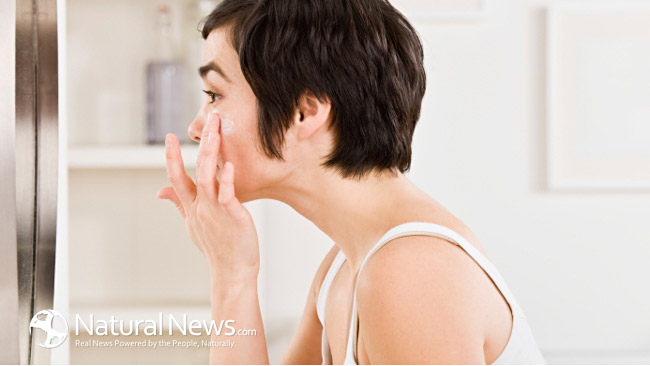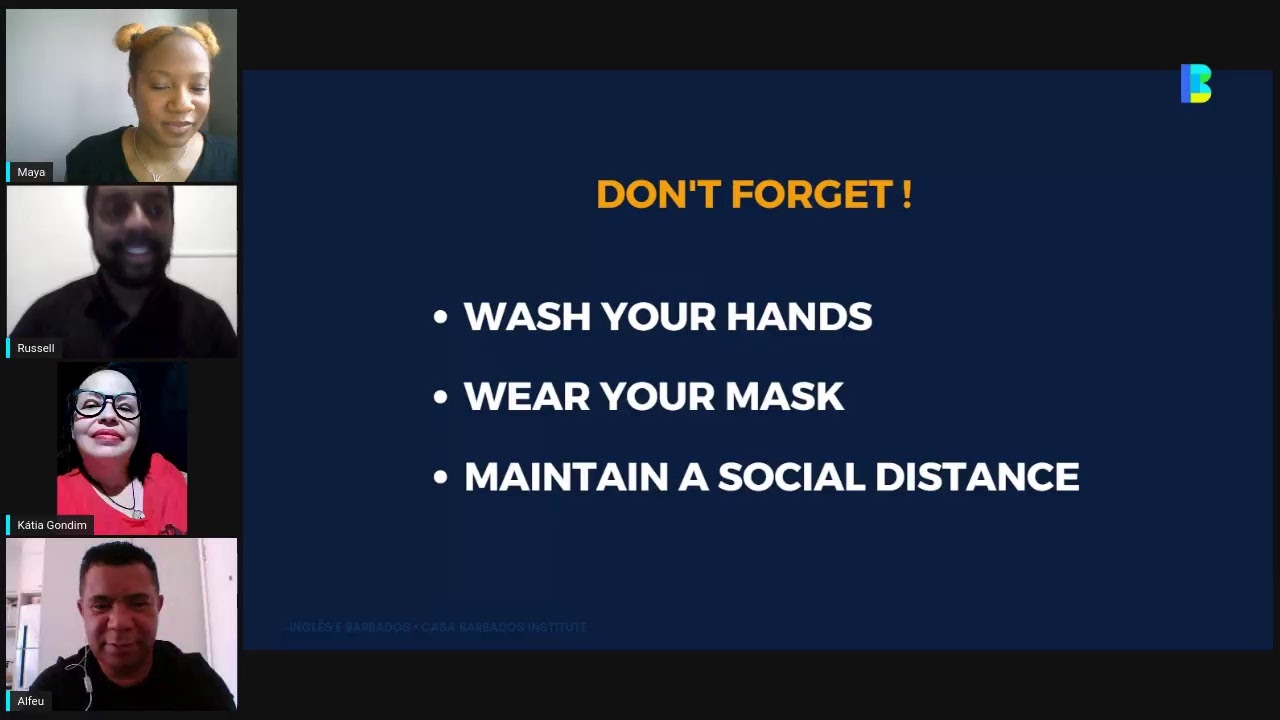The makeup industry has changed and evolved with so many different trends and cultures over time. Women’s makeup has been used for centuries for different reasons and has been both embraced and discouraged depending on where you go. Some examples of the history of makeup (in no particular order) include the following:
1. Middle Ages: used to create a paler look which distinguished your wealth and to cover up blemishes.
2. Ancient Egypt: used for skin protection against the sun and to enhance the eyes with darker look (thought to ward off evil).
3. Victorian era: only used by prostitutes and actors because it was thought to be immoral and vulgar because women were mean to look natural.
4. Elizabethan era: women wanted a more exaggerated look, so makeup was used to make the cheeks and lips more read and lots of white powder was used on the face.
5. Ancient Rome and Greece: makeup was used for theatrical and social events.
So many women have so many cosmetics and we generalize using makeup as something to enhance our beauty. Many of us have a routine in the mirror with all the products in our lineup. Depending on the environment we are going to attend; we might do our makeup accordingly. Some people won’t leave the house without their makeup, while others prefer minimal use and only on special occasions. Feeling attractive and confident
There has been a trend of using more natural based makeup products. People have become more aware of what is actually in the products they are using, even though the Food and Drug Administration doesn’t define what “natural” cosmetics are. Reading labels and shopping for specific brands will be needed to ensure what you are using is “natural”. Here are some examples of makeup that is “natural” in its contents:
1. Mascara: made of quack grass, beeswax, and shea butter to shape and strengthen the lashes. It would not contain sulfates, synthetic fragrances, GMOs, talc, parabens, phthalates, butylated hydroxy anisole (BHA), gluten, mineral oil, or paraffin.
2. Lipstick – made of jojoba oil, and , shea butter, jojoba oil, vitamins C and E and doesn’t have sulfates, GMOs, talc, or synthetic fragrances.
3. Foundation – made of coconut oil, aloe leaf juice, and sunflower oil but doesn’t’ have gluten, talc, mica, soy, or animal byproducts.
What we see in the mirror has a lot to do with our mental health, so using makeup can be a tool to help us feel confident and “cover up” what we might be thinking. The right shade of lipstick, the blush that pops our smile, the eyebrow pencil that fills the gaps….. make the image more like what we want to see. Make up can’t hide our truths, but it can “conceal” negative self-talk about our appearance.
Clean cosmetics: The science behind the trend – Harvard Health



